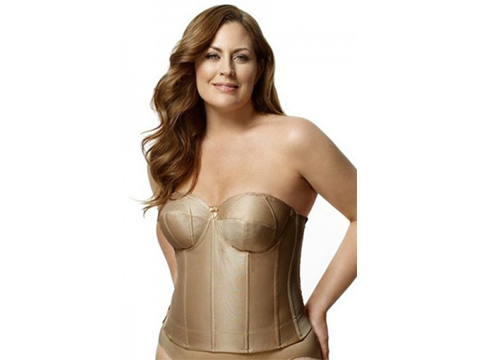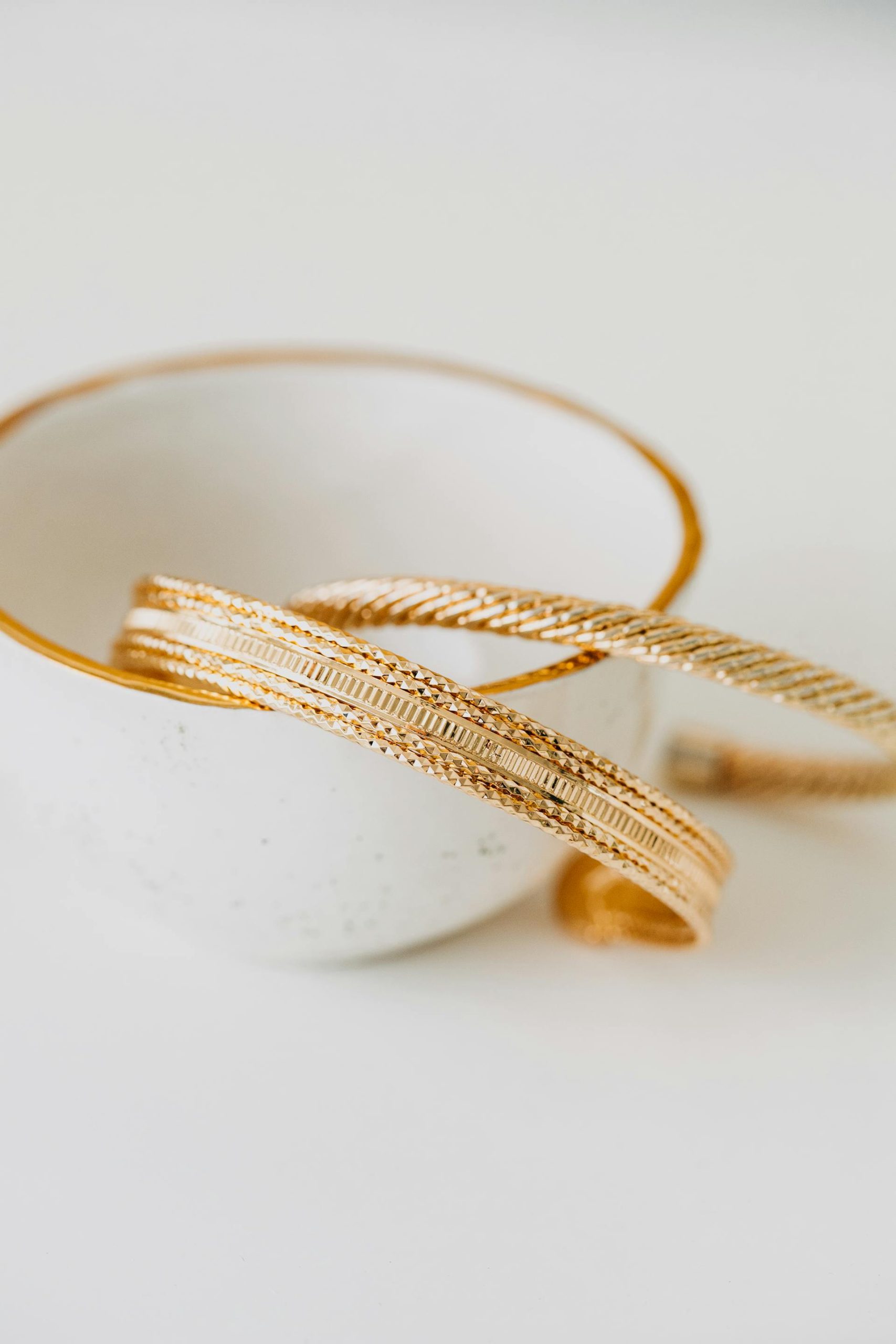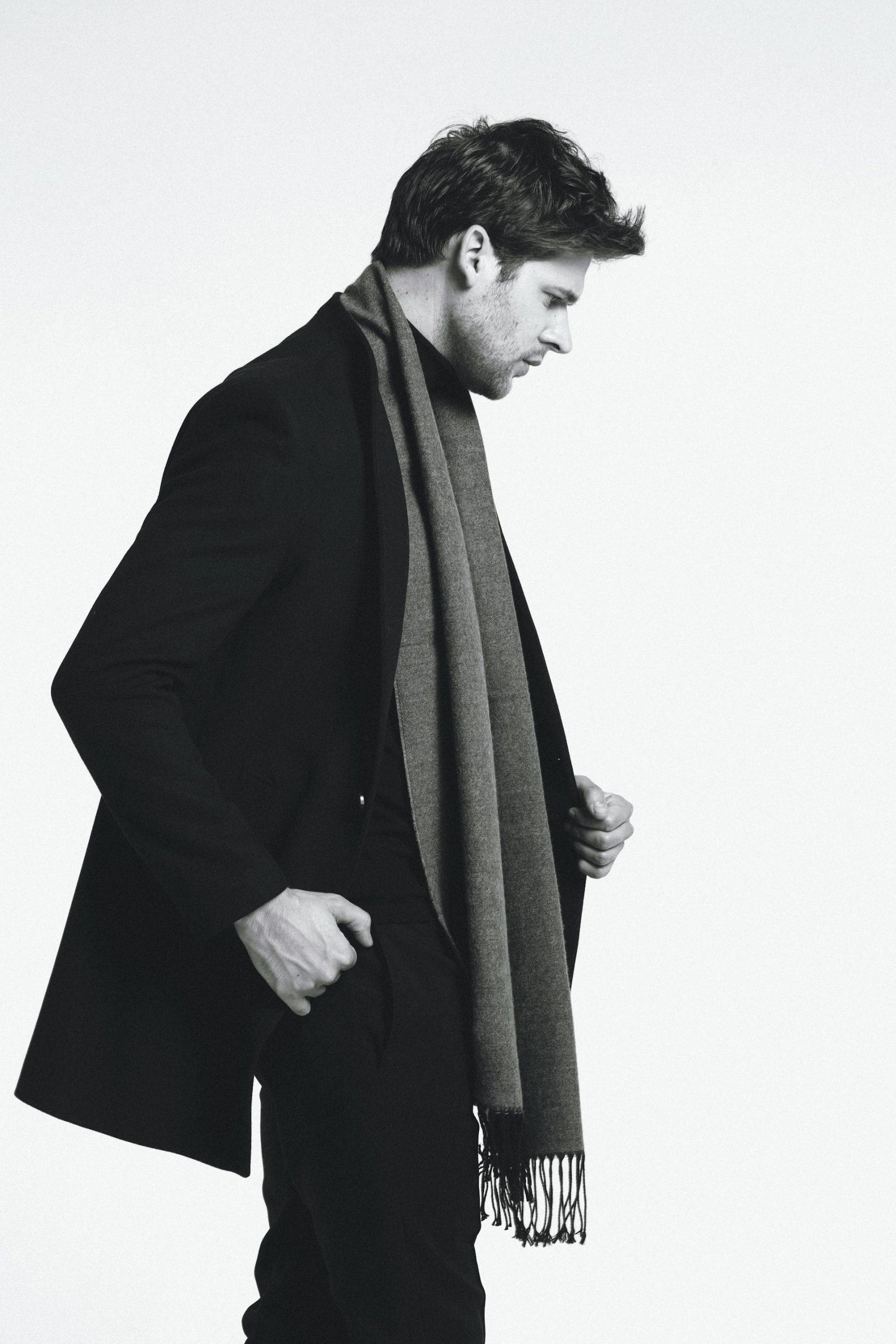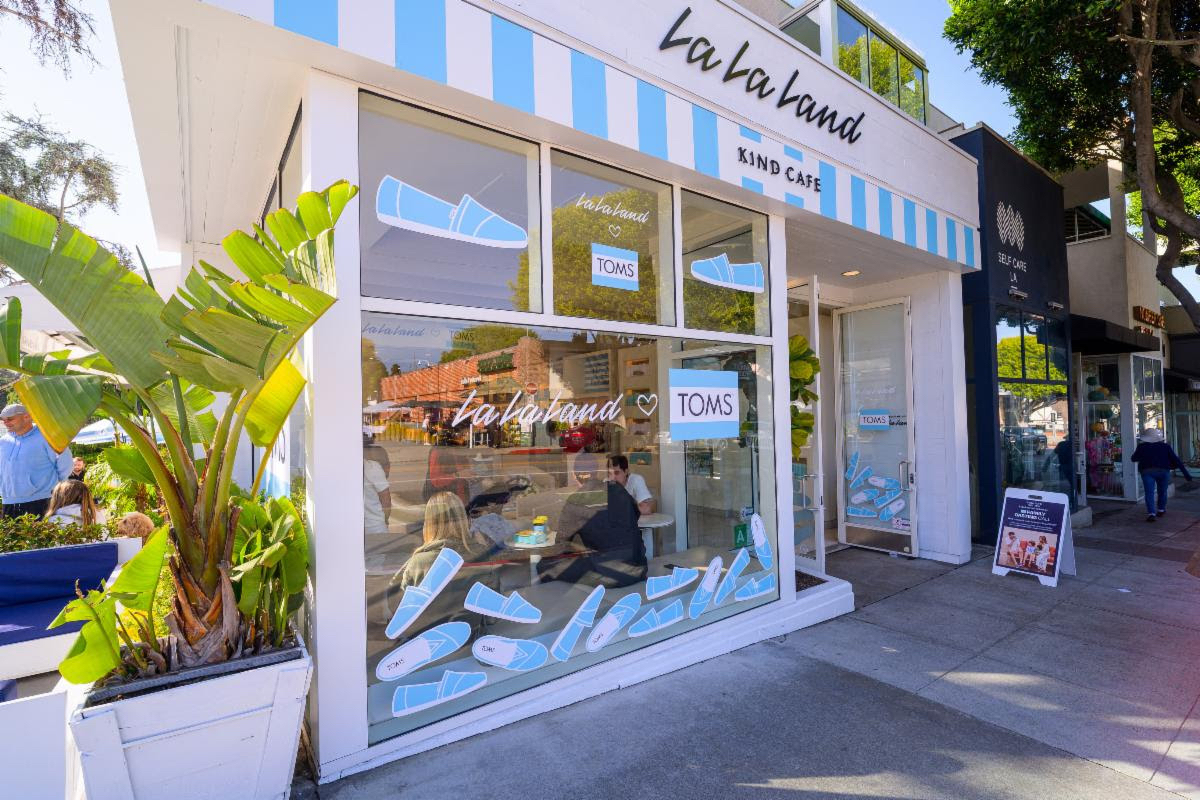Whether it’s vintage Dior, Tiffany ring or Rolex watch, the average consumer can afford luxury fashion by renting it instead of making a sizeable investment. The global apparel rental market was valued at $6.2 billion in 2023, per data analytics firm GlobalData. The eco-conscious consumer has the choice of being stylish on a budget and not feel guilty of over-consumption.
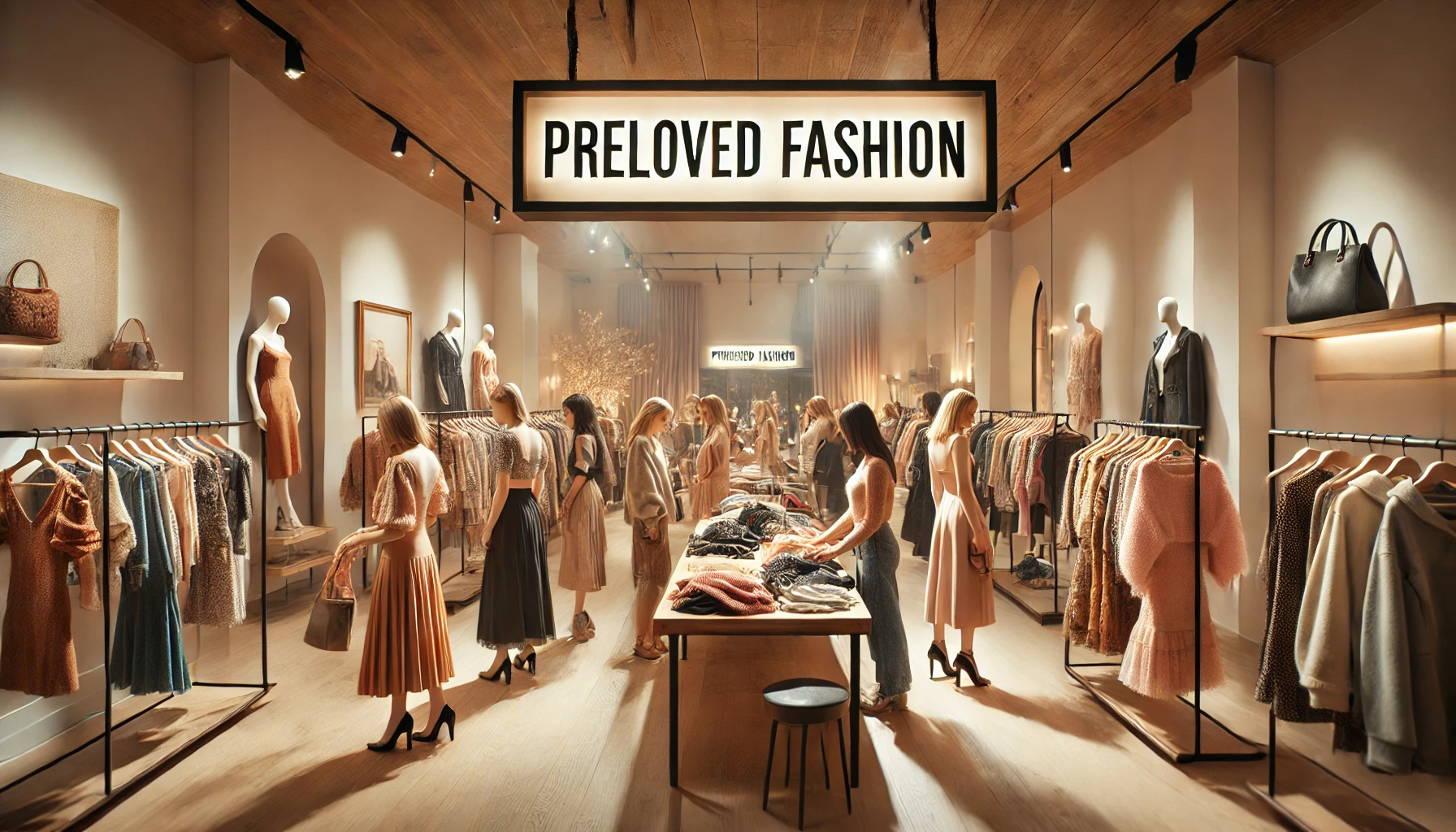
The average consumer can afford luxury fashion by renting it instead of making a sizeable investment
The fashion industry is one of the largest contributors of environmental degradation, producing substantial waste and consuming immense natural resources. Per UN Environment Program: “The fashion industry produces between 2 to 8 per cent of global carbon emissions… it takes around 2,000 gallons of water to make a typical pair of jeans. Every second, the equivalent of one garbage truck of textiles is landfilled or burned. If nothing changes, by 2050 the fashion industry will use up a quarter of the world’s carbon budget.”
In response to these alarming statistics, a growing segment of consumers is turning towards sustainable fashion practices. One such practice gaining prominence is rental fashion, where customers borrow clothes for a specific period instead of purchasing them. This model offers a stylish, affordable, and eco-friendly alternative to the traditional consumption of clothing.
As consumer awareness around sustainability grows, rental fashion is carving a niche in the fashion industry and the big players are entering this space. Zara launched a pre-owned platform in European markets and Amazon Luxury Stores entered resale with Hardly Ever Worn It. Let’s take a closer look at this trend.
TABLE OF CONTENTS
- The Origin and Rise of Rental Fashion
- Why Rental Fashion Is Better Than Purchase
- What Makes Rental Fashion Sustainable?
- Top Rental Fashion Services
- FAQS on Rental Fashion
- Conclusion
The Origin and Rise of Rental Fashion
The concept of renting clothing is not entirely new. Historically, the idea was predominantly associated with niche markets such as tuxedo rentals for weddings or costumes for themed events. However, it wasn’t until the late 2000s that the concept expanded into mainstream fashion, driven by the need for more sustainable practices and changing consumer attitudes towards ownership.
The normalisation of consumer behavior post-pandemic in part drove the demand for rentals, particularly for expensive, luxury fashion as rental is a cost-effective way to refresh the wardrobe without purchasing new apparel. The other major factor driving change is people becoming increasingly aware of their environmental footprint and want to practice responsive retail.

Rental fashion is driven by the need for sustainable practices and changing consumer attitudes towards ownership.
The rise of social media has played a crucial role in the popularity of rental fashion. Platforms like Instagram have fuelled the demand for a diverse wardrobe, as composers seek new outfits to showcase online. Rental services provide an affordable and eco-conscious solution, making them particularly attractive to younger, environmentally-conscious generations.
Per Vogue: Luxury brands are also beginning to tap into the potential of the rental market. In fact, “Rent The Runway” recently teamed up with Derek Lam, Jason Wu and Prabal Gurung to unveil their first exclusive capsule collections. “As the scale of our business has grown, [designers] have realised [the fashion rental market is] healthy; that it’s not hurting their regular business,” says Rent The Runway’s senior buying director James Newell.
Moreover, consumers can ‘try before they buy’ something. “Rental is 100 per cent the next form of discovery in fashion,” Victoria Prew, founder and CEO of rental platform, Hurr tells Vogue. “If someone wants to rent something for 30 days, and then falls in love with it, how great that they can [go on to] make a considered purchase, knowing that that piece fits them perfectly, that it’s a higher-quality garment, and they’re going to love that piece hopefully for many years.”
Why Rental Fashion Is Better Than Purchase
Here are five reasons why renting apparel and accessories is a better option than shopping for everything:
- Cost-Effective Solution: renting allows access to high-quality luxury fashion at a fraction of the cost of purchase. This is beneficial for outfits meant for special occasions, which are rarely worn again.
- Sustainable Fashion Choice: renting reduces the demand for fast fashion, which is a major contributor to environmental degradation. By reusing clothes, it cuts down on waste and promotes a circular economy.
- Variety: renting provides the opportunity to try out different styles and fashion trends without committing to a purchase. It keeps the wardrobe fresh and versatile without the need for constant shopping.
- Space Saving: renting eliminates the need for storing a large wardrobe, freeing up closet space. This is ideal for those living in smaller spaces or who prefer a minimalist lifestyle.
- Access to Special Outfits: renting gives access to exclusive outfits, such as formal wear or rich traditional attire, that might be expensive or impractical to purchase outright for one-time use.
What Makes Rental Fashion Sustainable?

As consumer awareness around sustainability grows, rental fashion is carving a niche in the fashion industry
Rental fashion challenges the “wear once, dispose later” mindset by promoting the reuse of garments, which directly reduces waste. Fast fashion has a significant environmental footprint, with millions of tonnes of clothing ending up in landfills each year. By opting to rent instead of purchase, consumers can extend the life cycle of garments and minimise waste, making fashion more sustainable.
Additionally, rental platforms curate high-quality durable pieces, ensuring they can withstand repeated use. This discourages the production of cheaply made, disposable clothing. Many rental brands also adopt eco-friendly practices, such as sustainable packaging and carbon-neutral shipping, further reducing their environmental impact.
Top Rental Fashion Services
- Nuuly: Offering a subscription starting at $98 per month, Nuuly allows customers to rent up to six items from an extensive collection of trendy, high-quality clothing. The service includes brands like Anthropologie, Free People, and Urban Outfitters, making it an excellent choice for fashion-forward individuals seeking variety and value.
- Armoire: At $89 per month, Armoire provides a curated clothing rental experience tailored to your style preferences. Members can access a rotating wardrobe of designer pieces, perfect for work, casual, or special occasions. The service also offers flexible options for swapping items as needed.
- Rent the Runway: A pioneer in clothing rentals, Rent the Runway starts at $94 per month and offers an extensive library of designer garments for every occasion. Whether for weddings, formal events, or everyday wear, it provides flexibility and convenience with multiple membership tiers and swap options.
- Vivrelle: Starting at just $45 per month, Vivrelle specializes in accessories, including luxury handbags, jewellery, and more. Members can choose from a vast selection of coveted designer pieces, making it ideal for those looking to elevate their outfits without committing to a purchase.
- Vince Unfold: This premium service starts at $175 per month and focuses on timeless, minimalist pieces from the Vince brand. Members receive a rotating selection of elegant, high-quality clothing perfect for those who value sophisticated style and effortless luxury.
- Tulerie: Tulerie is a peer-to-peer fashion rental platform that’s free to join. Members can borrow and lend high-end clothing and accessories, creating a sustainable and community-driven approach to luxury fashion sharing.
- Nova Octo: Designed for formal and black-tie events, Nova Octo offers a one-time rental fee per item. It features a curated selection of couture gowns and high-end evening wear, providing access to luxurious outfits for special occasions.
- Switch: Starting at $55 per month, Switch focuses on designer jewellery rentals, offering a wide variety of statement pieces. It’s an affordable way to access high-end accessories for everyday looks or special events, with the flexibility to swap monthly.
- Elysewalker Borrow: Elysewalker Borrow offers a one-time rental fee per item for its curated collection of designer pieces. The service caters to individuals seeking exclusive and chic outfits for special events without the need for a long-term commitment.
FAQs on Rental Fashion
- How does rental fashion work?
Rental fashion platforms allow customers to borrow clothes or accessories for a set period, typically ranging from a few days to a month. Users pay a rental fee, which is often a fraction of the retail price, and return the item after use.
- Is rental fashion hygienic?
Yes, most rental fashion companies prioritise hygiene. Items are professionally cleaned and sanitised before being sent to the next customer. Many companies use eco-friendly cleaning methods to align with their sustainability goals.
- What types of clothing can I rent?
You can rent almost any type of clothing, including formal wear, casual outfits, maternity clothing, and even seasonal items like winter coats or summer dresses. Some platforms also offer accessories like handbags and jewellery.
- Is rental fashion affordable?
Yes, rental fashion is often more cost-effective than buying, especially for high-end or designer items. It allows consumers to access premium clothing at a fraction of the price, making it an attractive option for special occasions or regular wardrobe refreshes.
- Can I purchase an item I’ve rented?
Many rental platforms offer a “try before you buy” model, where customers can purchase rented items at a discounted price if they choose to keep them. This provides a flexible option for those who fall in love with a piece they’ve borrowed.
Conclusion
By embracing rental fashion, consumers can enjoy stylish and versatile wardrobes while contributing to a sustainable future. With its growing popularity and undeniable environmental benefits, rental fashion is not just a trend—it’s a revolution in how we approach clothing consumption. That sets the scene for continued evolution in the fashion industry as big and specialised players enter the business.
“There is a market for it. It is a growing market. And it’s really important,” Adam Davis, managing director at Wells Fargo Retail Finance, tells WWD. “That’s why you’ve seen major brands like Levi’s and Lululemon and Rolex adopting the concept of pre-owned… They have their own reasons. They want to control their product distribution, they want to build that relationship with the consumer. There’s probably a profitability thing there, and then there’s a lower entry point for consumers.”
Jasmeen Dugal is Associate Editor at FashionABC, contributing her insights on fashion, technology, and sustainability. She brings with herself more than two decades of editorial experience, working for national newspapers and luxury magazines in India.
Jasmeen Dugal has worked with exchange4media as a senior writer contributing articles on the country’s advertising and marketing movements, and then with Condenast India as Net Editor where she helmed Vogue India’s official website in terms of design, layout and daily content. Besides this, she is also an entrepreneur running her own luxury portal, Explosivefashion, which highlights the latest in luxury fashion and hospitality.





